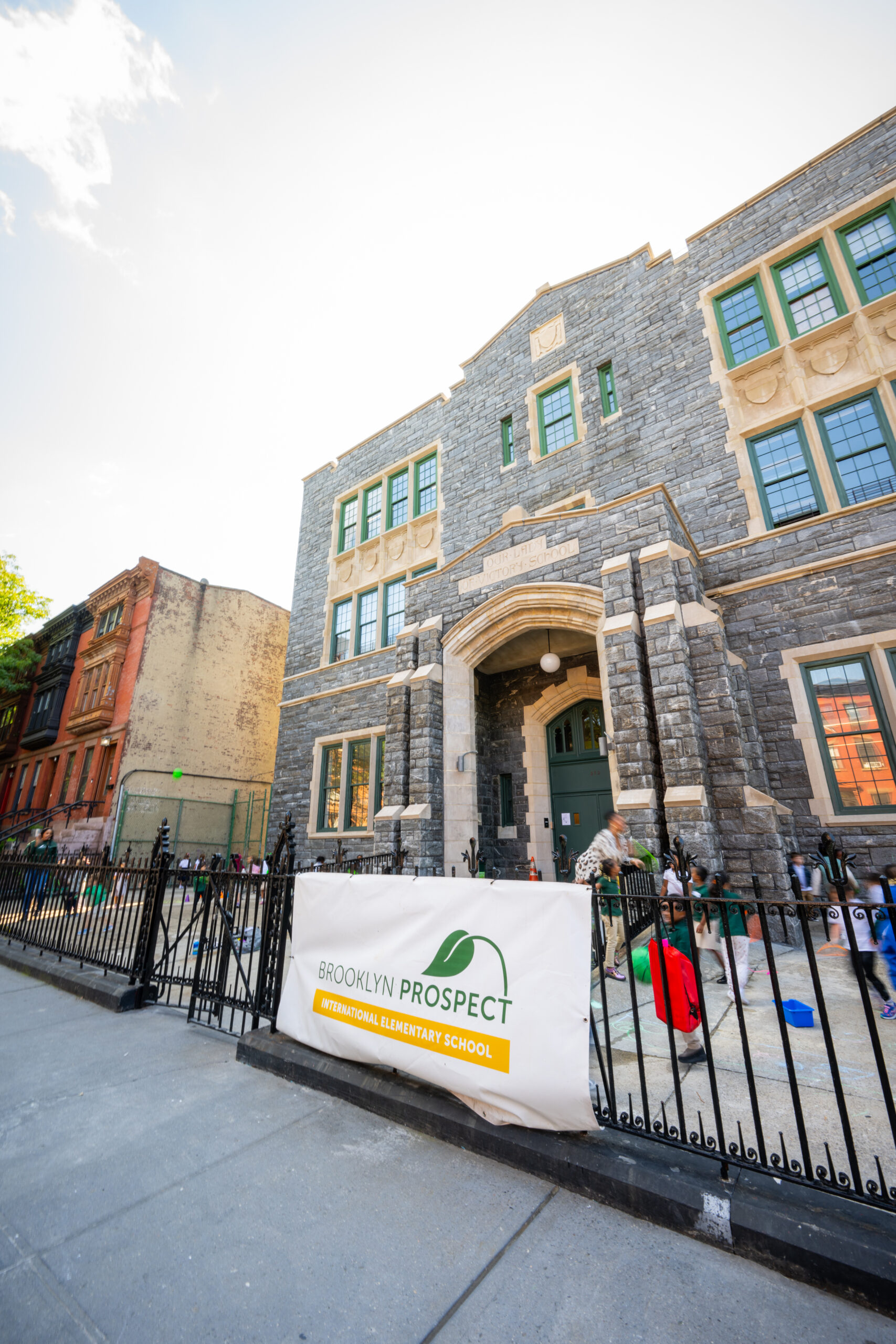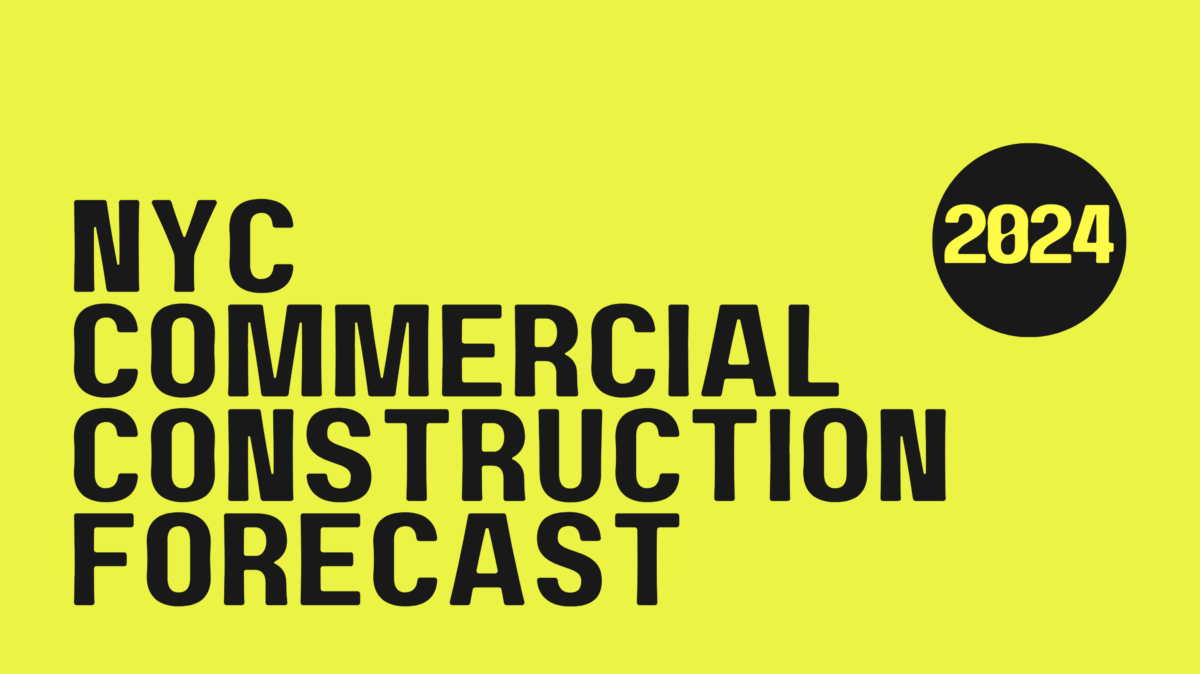 In the ever-evolving landscape of New York City’s construction industry, staying ahead of the curve is not just a strategic advantage; it’s a necessity. As we step into the promising expanse of 2024, the dynamics of commercial construction are poised for significant shifts, presenting both challenges and opportunities for businesses and projects alike.
In the ever-evolving landscape of New York City’s construction industry, staying ahead of the curve is not just a strategic advantage; it’s a necessity. As we step into the promising expanse of 2024, the dynamics of commercial construction are poised for significant shifts, presenting both challenges and opportunities for businesses and projects alike.
Understanding and adapting to the latest construction trends is crucial for any entity invested in the urban development tapestry of the Big Apple. The construction industry, by its very nature, is dynamic, shaped by an intricate interplay of economic factors, technological advancements, and evolving societal needs. As we delve into 2024, the significance of staying informed about the upcoming trends and forecasts cannot be overstated.
In this blog post, we’ll explore the pulse of the 2024 NYC commercial construction forecast, shedding light on the key factors that will shape the industry and offering insights that will help navigate the path ahead. Join us on this journey as we unravel the intricacies of a landscape where informed decisions pave the way for success.
But First– A 2023 Recap
2023 Fast Facts:
- According to the NY Building Congress, construction project spending across New York City reached $83 billion in 2023 (an 18% jump from pre-pandemic levels and a $13 billion increase year-over-year).
- Commercial projects accounted for more than 42% of total construction spending, with substantial investments in sectors like government buildings, manufacturing, warehouses, life science laboratories, recreational facilities, hotels, retail, and education bringing spending to approximately $34.9 billion.
 Talisen Construction contributed to the completion of such projects throughout the course of 2023, completing high-end builds for reputable clients within the corporate interior, educational, and healthcare spaces, as well as others.
Talisen Construction contributed to the completion of such projects throughout the course of 2023, completing high-end builds for reputable clients within the corporate interior, educational, and healthcare spaces, as well as others. - In Spring 2023, Gov. Kathy Hochul and legislative leaders reached a tentative funding arrangement that allowed for the expansion of 14 new charter schools in NYC, providing more than 10,000 children with access to individualized and innovative educational environments within the city.
- In September 2023, The Department of Education and the New York City School Construction Authority released a capital plan to allocate $19.4 billion for school-related construction in New York City; the largest funding initiative ever announced for NYC schools.
- NYC construction jobs increased by 10% between October 2022 and October 2023.
- Mayor Eric Adams introduced a transformative “City of Yes for Housing Opportunity” initiative in an effort to alleviate NYC’s housing crisis, which called for office-to-residential conversions and a mixed-use neighborhood plan for Midtown South.
- Incredible advancements were made in regard to sustainable building and construction technologies.
2024 Commercial Construction Forecast for NYC
As New York City’s construction sector stands at the precipice of transformative shifts, the need for strategic foresight and adaptability becomes paramount. Talisen Construction, having navigated the complexities of 2023 with notable achievements in high-profile builds, expansion of charter schools, and a commitment to sustainable practices, stands ready to face the future. Let’s take a deeper look into the dynamic factors shaping the landscape of commercial construction in NYC throughout 2024 and beyond:
Fast Fact: NYC’s nonresidential construction spending is projected to reach roughly $115 billion by 2025 (32% higher than the pre-pandemic years of 2017 to 2019).
Getting “Schooled” in Education Construction
In 2023, the Department of Education and the New York City School Construction Authority announced a historic capital plan to allocate $19.4 billion for school-related construction in New York City through 2024.
Talisen Construction understands the unique challenges and opportunities that arise in education projects. As New York City’s largest funding initiative ever announced for it’s schools continues to unfold in 2024, the surge in construction projects undoubtedly presents a myriad of opportunities. Beyond the immediate impact on the local supply chain (including increased demand for building materials, labor, and equipment), opportunities for collaboration between firms to ensure the enhancement of New York City’s educational facilities exist in this environment.
Backed by years of experience in the private and charter school construction sectors, Talisen is poised to provide invaluable insights and support to clients in the education sector who aim to upgrade their facilities in 2024. Our dedication to excellence and our proven track record makes us a reliable partner for those shaping the future of our city’s educational infrastructure. Contact our team for expert insights on your 2024 school construction project!
Building Up Construction Employment
According to the Bureau of Labor Statistics (BLS), the construction industry is projected to experience the largest increase in employment compared to other sectors, with an anticipated addition of 790,400 jobs through 2024.
Last year, construction employment saw a substantial increase that emphasized New York City’s thriving construction sector. Not only did this growth outpace national trends but it emphasized the resilience of our city and vibrant industry.
In 2024, this trend shows no signs of slowing down, as construction is anticipated to experience the most significant increase in employment in comparison to other industries. Underscoring this projection are the 83% of Engineering News-Record survey respondents who predict a stable or improved market state between the end of 2024 and mid-2025.
As construction employment flourishes, Talisen is currently on the lookout for talented individuals to join our expanding workforce. If you’re passionate about shaping the future of construction in the heart of NYC, explore our current job opportunities and become a part of the Talisen family!
Insights on NYC’s Housing Crisis
The persistent housing shortage in New York City remains a driving force for the construction industry, establishing a fundamental demand that is expected to persist well into this year.
New York City’s dynamic and ever-expanding population, coupled with the constant influx of new residents, underscores an immediate need for more housing options. As individuals and families continue to seek homes in this bustling metropolis, the construction sector plays a pivotal role in addressing the ongoing demand for residential spaces.
However, despite the robust demand, NYC’s construction industry may face hurdles due to increased financing costs and other economic challenges. Fluctuations in interest rates and rising construction material costs can impact the feasibility and financial viability of projects, while higher financing costs may lead to tighter profit margins, making it challenging for developers and construction firms to initiate or complete projects within projected budgets.
Moreover, economic challenges on a broader scale, such as uncertainties in the financial markets or changes in governmental policies, could further contribute to project delays or hinder the commencement of new construction endeavors this coming year. Developers may adopt a more cautious approach in the face of economic uncertainties, impacting the pace and scale of construction projects. These financial and economic challenges may particularly affect smaller developers and projects, where the margin for absorbing increased costs is narrower. Larger, well-capitalized projects may still proceed, but the overall landscape of construction activity may witness a nuanced shift.
In navigating these challenges, stakeholders in the construction industry may explore innovative financing strategies, cost-saving technologies, and sustainable building practices to enhance efficiency and mitigate the impact of increased costs. Additionally, collaboration between the public and private sectors, along with strategic urban planning, may play a crucial role in addressing the housing shortage more comprehensively.
The Office-to-Residential Conversion Solution
In 2023, Mayor Eric Adams introduced his transformative “City of Yes for Housing Opportunity” initiative with the intent to alleviate NYC’s housing crisis by transforming 136 million square feet of office space into 20,000 housing units. The plan also commits to add 10,000 homes to expected housing production in the next 15 years and generate 6,300 permanent and 260,000 temporary jobs, in addition to supplying $58.2 billion in economic impact to NYC over the next three decades.
The spotlight is on office-to-residential conversions in 2024 as New York City’s ongoing housing shortage continues to fuel a fundamental demand. At Talisen, we recognize the significance of this transformative trend and eagerly embrace the opportunity to contribute to this revolutionary wave that will redefine the fabric of our urban landscape in 2024 and beyond. 
The implications of Mayor Adams’ housing opportunity shift are profound, promising to revitalize commercial corridors and concurrently address the pressing need for affordable and accessible housing. Beyond the immediate benefits, the conversion of vacant offices into residential buildings aligns with NYC’s commitment to sustainable urban development, reducing the need for new construction and minimizing the ecological footprint of the city.
Yet, the complexities of this visionary endeavor are not to be overlooked, as converting office spaces into residential units demands careful consideration and expertise. At Talisen, we understand the intricacies involved, from navigating building codes and regulations to conducting comprehensive assessments of structural integrity. Optimizing space utilization, enhancing natural light and ventilation, implementing soundproofing measures, ensuring accessibility, and incorporating sustainable design practices, with a holistic approach is key to success on these projects.
Drop us a line to discuss your office-to-residential conversion project!
Mixed-Use Neighborhood on the Menu for Midtown South
New York City’s visionary approach for 2024 doesn’t stop with individual buildings. A mixed-use neighborhood plan for Midtown South is also on the menu, introducing a dynamic blend of residential, commercial, and retail elements.
A mixed-use neighborhood initiative for Manhattan’s Midtown South district aims to establish a balanced and lively community that reflects the diverse cultural and economic tapestry of NYC. Furthermore, the trend of rezoning office buildings for residential use and incorporating mixed-use neighborhoods marks not just a pivotal moment in the trajectory of our city’s real estate but also a testament to our collective dedication to shaping a brighter, more sustainable future.
As we usher in a new era of urban living, Talisen Construction stands as a committed champion of innovation and excellence in the construction industry, poised to navigate the complexities of this transformative landscape and ensure that every project we undertake reflects our unwavering commitment to quality, sustainability, and community enrichment.
Emerging Construction Technologies
In the fast-evolving realm of commercial construction, 2024 promises a technological renaissance, introducing innovations set to redefine industry standards:
- Increased Automation: Construction processes may see heightened automation through the advancement of AI, potentially incorporating robotic construction and autonomous vehicles as well as innovative practices to the estimating and pre-construction processes. This technology has the potential to elevate efficiency, bolster overall safety measures, and increase time-to-market for construction projects of all kinds.
- Integration of the Internet of Things (IoT): AI is positioned to collaborate seamlessly with IoT devices, such as sensors and wearables, facilitating the real-time collection of data and enabling proactive decision-making. This integration holds the promise of streamlining construction processes, enhancing safety protocols, and optimizing resource management.
- Augmented Reality (AR) and Virtual Reality (VR): AI-driven AR and VR technologies have the capability to offer immersive visualizations of construction projects, assisting in design reviews, on-site training, and maintenance tasks. Consequently, these technologies could eventually foster improved collaboration and a reduction in errors.
- Sustainable Construction Practices: AI is anticipated to play a pivotal role in instating sustainable practices within the construction industry. Over time, these technologies may refine energy usage, increase the adoption of eco-friendly building materials, and provide insights to minimize waste and reduce carbon footprints.
As these cutting-edge technologies become integral, Talisen Construction positions itself at the forefront, leveraging these advancements to elevate efficiency, safety, and sustainability in our projects.
Constructing Success in the Ever-Changing NYC Construction Scene
To conclude, the forecast for 2024 unveils a myriad of factors that will shape the commercial construction arena. From the surge in educational infrastructure projects to the substantial growth in construction employment, Talisen Construction remains an innovator in this journey. As New York City grapples with housing shortages and economic challenges, our commitment to collaboration positions us to overcome obstacles and contribute to the reshaping of the urban landscape.
Whether it’s embracing office-to-residential conversions, championing mixed-use neighborhoods, or leading the charge in sustainable construction practices, Talisen Construction is poised to redefine the narrative of NYC commercial construction. We invite you to join us in building a resilient, interconnected, and inclusive urban ecosystem that not only meets the demands of today but sets a sustainable standard for the generations that follow. Together, let’s shape the future of construction in the heart of NYC.
